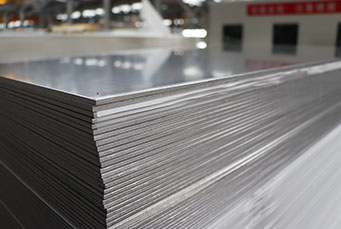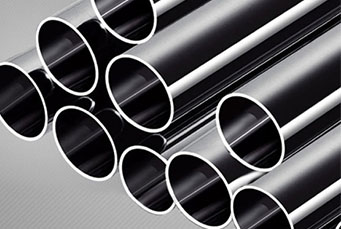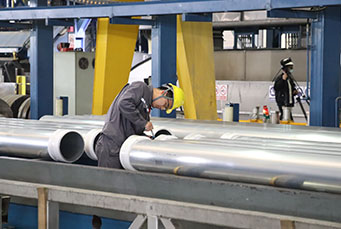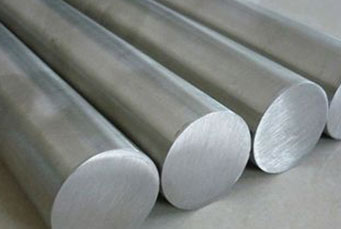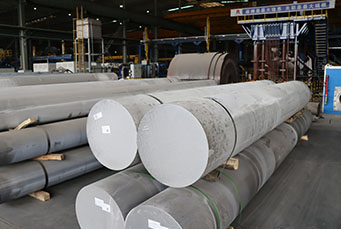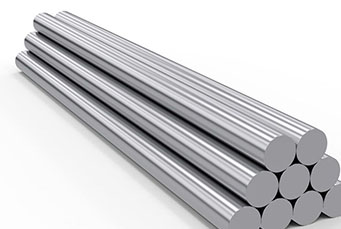Tips for Welding 5052 H38 Aluminum Sheets
As a high-quality aluminum alloy material widely used in aerospace, automotive manufacturing, ship construction and other fields, 5052 H38 aluminum plate is highly favored for its good corrosion resistance, plasticity and weldability. However, to ensure the quality and reliability of 5052 H38 aluminum plate welded joints, it is crucial to master the correct welding techniques. In this article, we will introduce the preparation of 5052 H38 aluminum plate welding, welding method selection, welding parameter setting, welding operation points and post-treatment and other aspects of the skills.
First, the preparation before welding
In the 5052 H38 aluminum welding, adequate preparation is to ensure the basis of welding quality. First of all, the need for aluminum pretreatment, which includes cleaning, oxidation layer and oil removal processes. The surface of the aluminum plate should be clean and free of oil and oxidation layer, usually using chemical cleaning or mechanical grinding method for processing. When cleaning, special degreasing solvents should be used to ensure that the workpiece and the surrounding oil and grease are thoroughly removed. At the same time, be sure to keep the surface of the workpiece dry, to avoid the impact of impurities and gases on the welding quality.
In addition, according to the welding method and the size and shape of the aluminum plate, design a reasonable work fixture to ensure that the aluminum plate maintains the correct position and attitude during the welding process. The design of jigs and fixtures should be easy to operate, while ensuring the quality of welded joints.
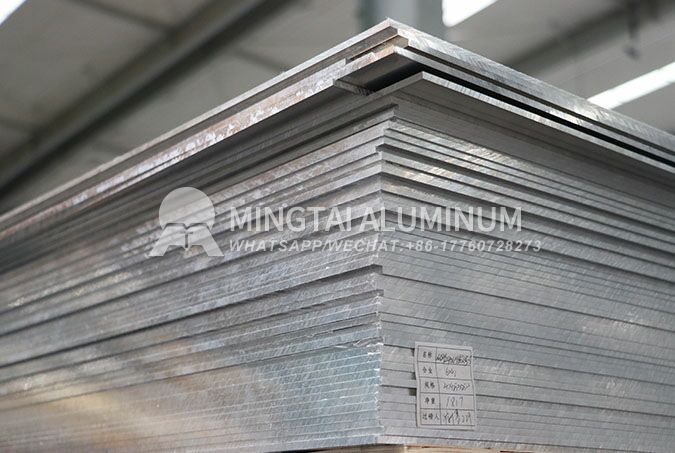
Second, the choice of welding method
5052 H38 aluminum welding methods are varied, commonly used argon arc welding (including TIG welding and MIG welding), laser welding, resistance welding and so on. Selection of the appropriate welding method needs to be based on the thickness of the aluminum plate, welding position, production efficiency and cost and other factors to be considered.
TIG welding (Tungsten Gas Shielded Welding): Suitable for welding thin aluminum alloys, it can provide high-quality welds with a stable welding process. This method uses a non-molten tungsten electrode and is welded under inert gas protection, which is suitable for occasions where the quality of the weld seam is required to be high.
MIG welding (melting electrode gas shielded welding): suitable for large-area, medium-thickness aluminum plate welding.MIG welding welding speed, high efficiency, especially suitable for thick-walled aluminum plate welding.
Laser welding: laser welding technology can achieve high energy density of fast welding, suitable for complex structure of aluminum welding. At the same time, the heat-affected zone is small, which helps to maintain the performance of the base material.
Resistance welding: It is suitable for welding thin aluminum alloys, especially where a high surface finish needs to be maintained. Welding is carried out through the resistance heat generated by the current at the contact point of the weldment.
Third, the setting of welding parameters
Reasonable setting of welding parameters is the key to ensure the quality of welding. These parameters include welding current, welding voltage, welding speed and welding angle.
Welding current and voltage: should be determined according to the thickness of the welded joint and the width of the weld. Generally speaking, thicker joints require higher current and voltage to ensure full melting and good fusion of the weld.
Welding speed and angle: The selection of welding speed should be determined according to the shape and position of the welded joint. Appropriate welding speed can ensure the uniformity and firmness of the weld. The welding angle is usually kept between 80-90 degrees to ensure full melting of the molten pool.
Four, welding operation points
In the welding operation of 5052 H38 aluminum plate, the following points need to be noted:
Keep the welding area dry and clean: to avoid oxygen and nitrogen in the air to invade the molten pool, affecting the welding quality.
Smoothly control the welding current and voltage: avoid excessive high or low conditions, so as not to cause welding defects.
Properly control the welding speed and angle: ensure the uniformity and firmness of the weld, and at the same time improve the appearance quality of the welded joint.
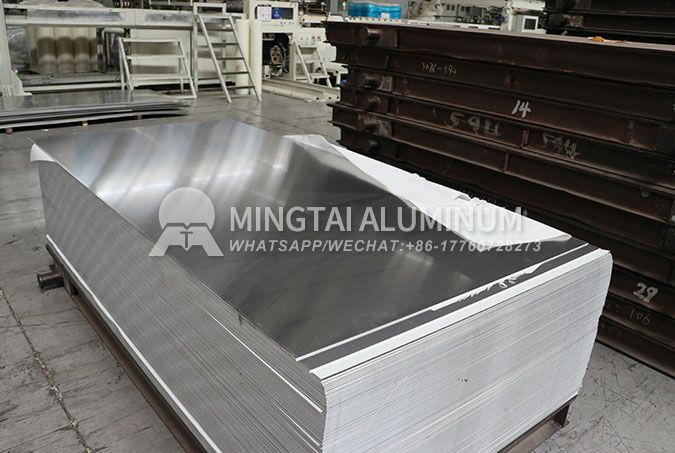
V. Post-treatment
After the welding is completed, it is also necessary to carry out post-treatment work. This includes cleaning the welded area, grinding welded joints and post-weld heat treatment. Cleaning the welded area can remove the oxides and pollutants generated during the welding process, to improve the quality of welded joints. Grinding the welded joints removes weld marks and improves the appearance of the welded joints. Post-weld heat treatment can reduce the stress of welded joints and improve their mechanical properties.
Six, safety protection
In the welding process, safety protection is equally important. Appropriate protective eyewear, face shield, gloves and shoe covers should be worn during welding to protect personnel from spatter and ultraviolet light. At the same time, it should be ensured that the working area is well ventilated to avoid inhaling harmful gases and dust.


